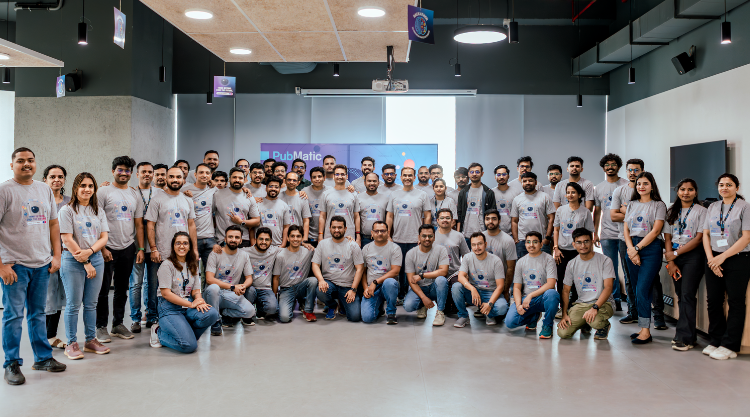The Publisher’s Crystal Ball Part II: 2016 Digital Advertising Industry Predictions
In our first group of predictions, we discussed four trends on how we see consumer behaviors impacting the digital media and advertising industries in 2016. In part II, we’ll discuss what’s ahead in the New Year in terms of the digital advertising industry at large. Specifically, five industry trends are of note and will have a large impact on the path forward in 2016.
Trend 5: The new role of the ad server in a cross-platform world. Increased fragmentation from media consumption across various devices requires a flexible ad server to distribute advertising accurately and efficiently across platforms. In 2016, publishers that want to scale their advertising and keep up with the pace of an Internet of Things (IoT) world will need to integrate an ad server layer across their advertising efforts. Cross-platform ad servers will be absolutely critical for scaling programmatic TV, mobile video and other new media platforms.
Trend 6: Publishers will strive to take control of content distribution. Many major publishers are realizing the importance of taking full control of their assets and brands, rather than licensing their content to aggregators – a scenario that could lead to data leakage, loss of distribution control and devaluation of ad assets. For the majority of publishers that rely on advertising revenue to drive their businesses, retaining control of content distribution can create more value from its ad inventory – as content aggregators typically require rev-share agreements to distribute their partners’ content. Scalable advertising models, such as private marketplaces (PMPs), are evolving to cater to those publishers who are taking back control of their content and ad inventory.
Trend 7: Out with the fraud, in with the quality. There’s no denying that ad fraud is rampant in the online ecosystem, and, to advertisers, a serious threat to brand safety. Ad fraud is predicted to cost the industry $8.2 billion annually, according to a recent IAB study. If no action is taken to fight ad fraud, this number could be significantly higher in 2016. The rise of mobile ad viewing has also led to new types of mobile fraud such as mobile device hijacking, location spoofing, device emulation and others.
Trend 8: Combatting ad blocking may be as simple as publishers recognizing it. Ad blocking is a very real concern for publishers – a recent study by PageFair and Adobe showed a 48 percent growth in adoption of ad blocking in the U.S. in 2015, which has translated to an estimated $22 billion in lost revenue for publishers. Given these alarming statistics, smart publishers will recognize the reasons behind the need for ad blockers, make relevant content and advertising a priority, and ensure that ads are delivered in a way that is both seamless and sensitive to personal context.
Trend 9: Real-time data will become increasingly imperative. Real-time data is already at the top of the must-haves for publishers. In 2016, this trend will only continue, and data in real-time will become more necessary for ad effectiveness and optimization. According to a recent Forrester Study, Real-Time Data Analytics: Empowering Publishers to Make Better, Faster Decisions, large publishers gain significant benefits from real-time data, including increased revenue, better yield/performance, optimization of decision making, uncovering new revenue opportunities and better inventory management. The next challenge will be finding the right professionals to help utilize these analytics, as over half of larger publishers and nearly a third of smaller publishers say they are concerned about the lack of skilled analytics professionals in their organization to truly help harness the power of real-time data.
As we prepare for 2016, we’re excited to build a new generation of products for publishers to help them maximize the value of their digital assets. Every new year brings new challenges and opportunities to digital media, and PubMatic is focused on driving the publishing industry towards growth.










